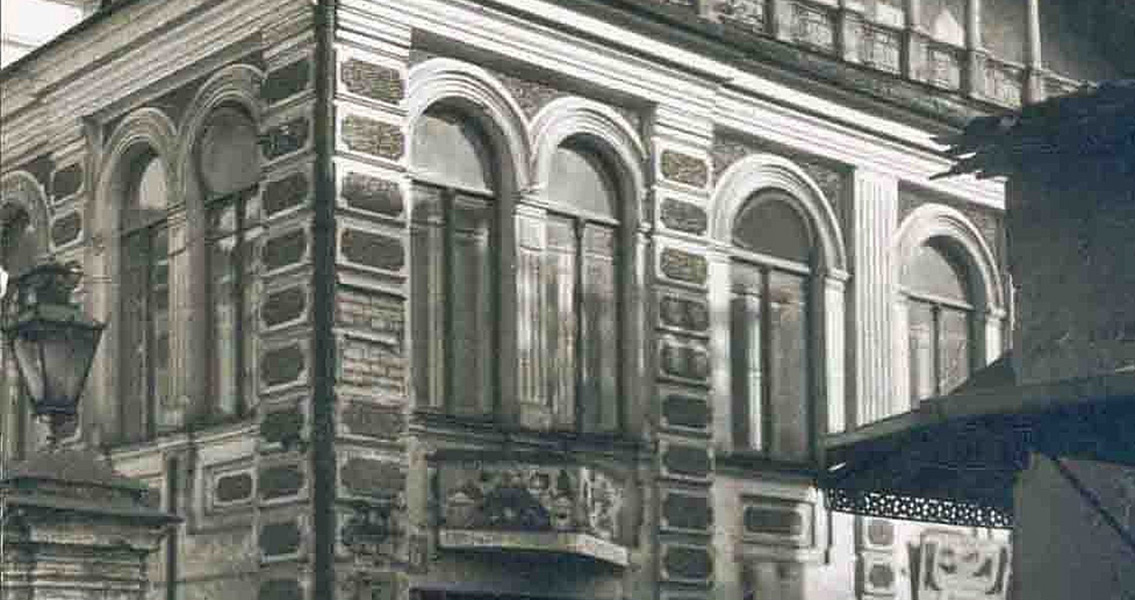<![CDATA[The remains of a major synagogue destroyed during the Holocaust have been rediscovered in Vilnius, Lithuania, thanks to the use of ground penetrating radar, according to the Israeli Antiquities Authority (IAA). The house of worship, which dates back to the seventeenth century CE, was originally constructed using Renaissance-Baroque architectural stylings. Litvaks, or Lithuanian Jews, frequented the synagogue until it was destroyed by Nazis in the 1940s. While the synagogue’s remains have since been partially buried under a school, an expedition of archaeological experts employed radar in June of this year to find the location of the temple. Now that the exact site has been documented, there are plans to commence excavations of the synagogue in 2016, with the IAA remarking that any artifacts uncovered by the dig will be placed on display in order to memorialize both the temple and the Jews that once worshiped there. According to information publicized on the organization’s website, IAA archaeologist Jon Seligman feels that a large amount of information concerning the original structure of the building will be found underground, even though the building itself has been lost. Seligman remarked that there is a very good possibility that parts of the ritual baths in the back of the structure may be uncovered, as well as the bimah, which is the platform where the Torah was kept and read during temple services. The technology used in the initial survey was a specially designed radar device that can emit powerful FM radio frequencies as deep as 16 feet into the ground. If something interrupts that radio signal before reaching its terminal depth, it bounces back up towards the radar emitter; the device then records how far away the interrupting object is. As the radar emitter travels across a large enough area, a detailed map is slowly but surely created that can aid archaeologists in determining what lies beneath their feet – and where they should dig to maximize the potential for researchers to recover artifacts. An added benefit of the ground-penetrating radar is that the school in close proximity to the buried remains of the synagogue will not be in any danger of being affected by the upcoming archaeological dig. The detailed map of the underground archaeological find insures that researchers can excavate without causing any damage to the school or its grounds. Meanwhile, the IAA is encouraging those who wish to be involved in the excavation in 2016 to contact the organization now in order to be considered as a volunteer worker when the time comes to break ground. The archaeological branch of the Israeli government is also welcoming offers of financial sponsorship for the arduous task of exhuming the remains of the temple, searching for artifacts of the past and then cataloging and preserving them for future generations. ]]>
Radar Used to Rediscover Destroyed Synagogue in Lithuania
